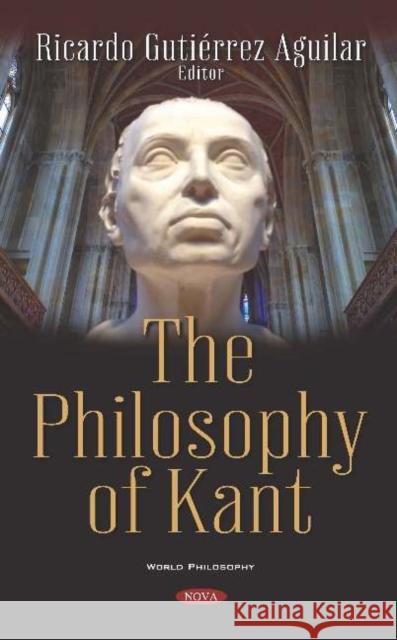The Philosophy of Kant » książka
The Philosophy of Kant
ISBN-13: 9781536162257 / Angielski
Illustrations and examples have always been deemed rare in the otherwise abundant materials Kant sent to be printed. In this sense, tradition has made out of the KAnigsberg's philosopher a rather arid writer. He himself advocated for the perks of a proper scholastic method in presenting arguments. It is thus a common place among scholars that Herr Professor valued discursive clarity over any whimsical rhetorical garments the popular thinker could have been tempted to wield in defense of his surely more than dubious reasons. But even with that in mind, in Kant's writings there is this persistent and everlasting metaphor regarding the activity of navigation. A metaphor going all through the Kantian philosophical enterprise: either in the form of sailing the thin air and pretending to avoid aor surfa any resistance, like the figure of the dove in the Critique of Pure Reason (1781); or better with the picture of the wandering unconcerned under the celestial and immeasurable vault only to discover we were lost in search for the North in What Does It Mean To Orient Oneself In Thinking?(1786), Kant's critical philosophy insisted in the depiction of the task of thinking not only as a concrete one depending on facts and experience gathered apinpoint locationsa, but also as a matter of orientation depending on the necessity of categories acriteria, cardinal pointsa of thought. If fanciful aspirations of ideas happen to take off from the objective ground irresponsibly aas if empirical experience and facts had no substance at alla it is with good reason that due operations of counterbalance should be taking place with help of the sound weight of articulated reasonable concepts based on formal and material reality. Kant's theory of mind presupposes a responsibility of a subject in relation to several types of objects. The two of these epistemic extremes are intertwined and in need of each other. When it comes to orientation, leaning on some sort of inner compass, each of us would have both in regard to sensitivity, knowledge, and moral thinking which serves like a guide to the trip within all three domains, and even comes in handy to map them out. This collective volume is precisely devoted to the task of revisiting some landscapes of the Kantian thought-itinerary along the brave seas and deep into the thick forests of justified knowledge, principles of morals and judgement in aesthetics: through its pages this work has put together renowned scholars from very different traditions eager to circumnavigate again the issues and concerns of 18th Century Philosophy and the particular Kantian solution of a new branded type of metaphysical inquiry, one inquiry subject to intellectual global duties as well.











